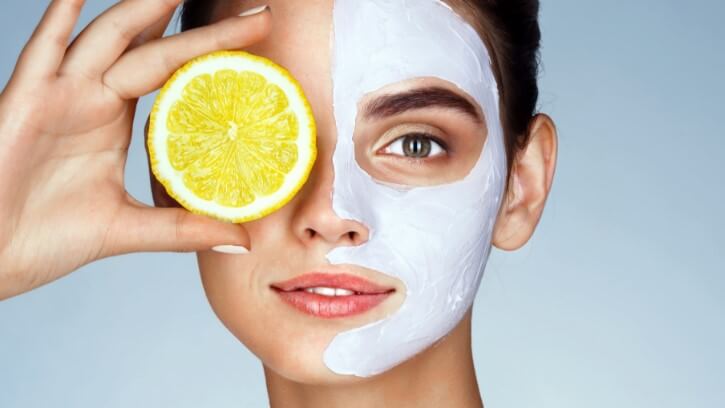
Active Skincare: Getting Started
Recent times have seen an uptick in skincare products being plastered on social media feeds and filling up store racks. With a barrage of information about skincare products at every corner, an amateur will undoubtedly get stumped. Whether your routine was about rinse, dry, and repeat or if you knew your cleansers and toners, this guide is for anyone who wants to incorporate active skincare into their routine.
What Is It?
Actives may sound like an intimidating aspect in terms of skincare, but once you nail down the basics, the result is going to be radiant and healthy skin. Actives or active skincare consist of components that are essentially found in nature. They work wonders on all skin types by repairing, rejuvenating, healing, and promoting cell growth.
The foundation of actives comprises Vitamins A, B, C, AHAs, and BHAs. These are all familiar terms, but these compounds take various forms when it comes to skincare routines. For instance, Vitamin B may be better known as niacinamide on a skincare product. The same goes for retinol, retinoid, retinal, and the other forms of Vitamin A.
These ingredients are found blended in with moisturisers and day creams or on their own as serums. When using these products, the key is to get your skin familiar with the treatment and then stay consistent to obtain the best results.
How to Incorporate Actives Into a Routine?
#1 Gradual Progression
As mentioned before, introducing your skin to active ingredients is crucial to avoid adverse reactions. When you are starting, go with a product with a low ingredient concentration, maybe somewhere around 0.25%. Gradually increase the concentration or maintain the routine if you are satisfied with the results. Getting started with serums that have 5% actives can irritate your skin and ruin the cell barrier.
#2 Work From Thin to Thick
Start with the thinnest product when you are sitting down for your skincare routine after cleansing, and there is no map showing you where to begin. This is often a water-based toner or a serum. Using these products first gives your skin a chance to absorb all the ingredients. Once this is done, work your way up with oil- or silicone-based products such as moisturisers and creams. The rule of thumb is that the thinner the consistency, the closer to the skin it goes.
#3 Follow the pH Gradient
If high school chemistry was not your forte, this might be your worst nightmare come true. Skincare products have varying pH levels, meaning how acidic or basic they are in nature. The lower the pH, the more acidic the product is.
Keeping that in mind, while layering skincare products on your skin, start with those with a lower pH. This is usually your Vitamin C serum, AHA or BHA masks, or acid peels. When they are applied right after cleansing, there is a better chance for these ingredients to sink right into the cells. You can follow these with products with Vitamin A, hyaluronic acid, or any facial oil. These ingredients stay on the surface and do their magic there.
Summing It Up
In the case of skincare, less is always more. The 10-step Korean skincare routine might sound incredible, but if you only need three of the ten steps, you are simply exhausting your skin. When you are using active skincare, it is better to have options you can alternate between for optimum results rather than slathering all the products in one go.



